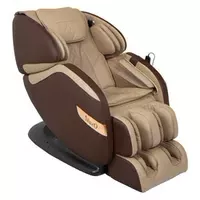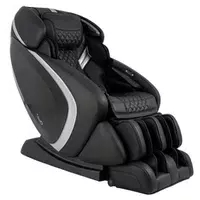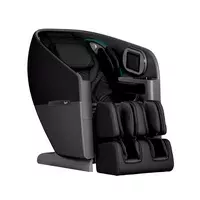Highlights
Over 60 models spanning 2D, 3D, and 4D categories
Up to 53" SL-Tracks on models like Maestro LE 2.0
Available in major retailers like Costco and Amazon
Frequent sales, wide availability, and entry points under $2,000
Signature features like heated 4D rollers and space-saving recline
Parts and warranty service fulfilled from a U.S. warehouse
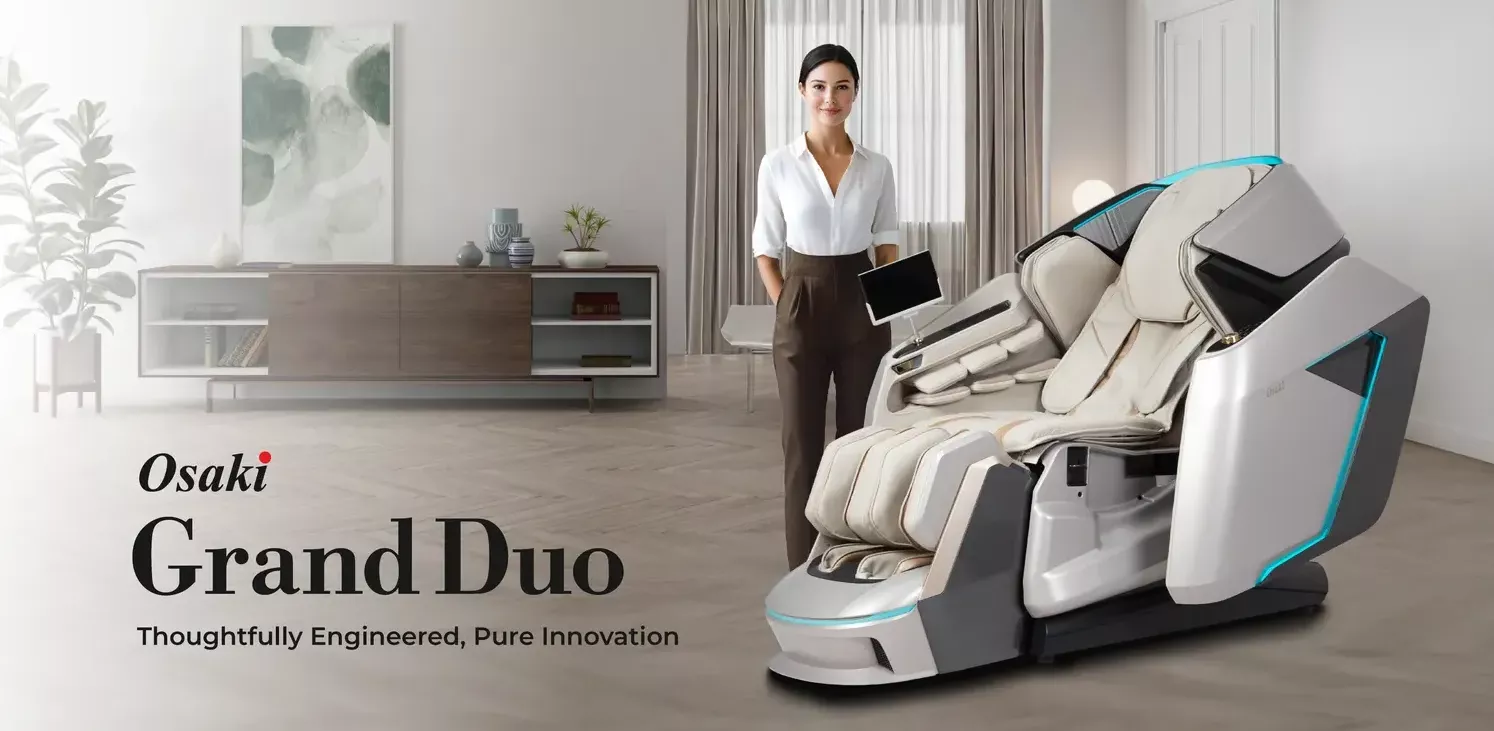
Osaki is a major U.S. massage chair brand operating under Titan World LLC, with its headquarters and parts distribution center based in Texas. The brand is known for aggressively covering the full price spectrum—from compact 2D chairs like the OS-Champ to high-end 4D models like the Maestro LE 2.0. Osaki uses a hybrid approach to production: roller design and core mechanics are developed in Japan, while manufacturing is outsourced to Chinese factories. The result is a product line that packs sophisticated hardware at relatively lower prices—though occasionally at the cost of consistency in support and finish.
Osaki’s reach is wide: you’ll find its chairs at Costco, Amazon, and across nearly every massage chair dealer in the U.S. But popularity doesn’t always mean perfection—and as this review shows, Osaki shines in some areas while showing its seams in others.
Product Selection
5.0 /5
Osaki offers one of the most extensive product catalogs in the massage chair industry, with over 60 active models across its lineup. It covers everything from compact 2D chairs like the OS-Champ for beginners, to advanced 3D mid-range models like the OS-Pro Admiral II, and flagship machines such as the Maestro LE 2.0 with 4D heated rollers and full-body tracking. Osaki also runs specialty models targeting features like space-saving recline, extra-tall user support, and foot reflexology. This wide variety makes it easy for buyers to find a model tailored to their needs and price point—something many brands can't match.
| Feature / Model |
OS-Champ |
OS-Pro Admiral II |
Maestro LE 2.0 |
| Price Range | $2,999 | $4,000 – $8,000 | $10,000-14,000 |
| Roller System & Track | 2D • SL-Track | 3D • 49 in SL-Track | 4D Heated • 53 in SL-Track |
| Depth / Intensity Levels | Fixed surface pressure | 5-step manual depth control | 5-step manual + dynamic 4D speed |
| Body-Scan Technology | Shoulder auto-detect | Shoulder + lumbar mapping | AI-enhanced scan with memory |
| Auto Programs | 5 basic programs | 15 routines (incl. Stretch) | 8 routines + 3 custom save slots |
| Airbag Zones & Count | 4 zones • 18 airbags | 5 zones • 24 airbags | 6 zones • 32 airbags |
| Heat Zones | Lumbar heat pad | Lumbar heat pad | Moving heated rollers + lumbar |
| Foot & Calf Massage | Dual-roller footplate | Triple foot rollers + air calf | Triple foot + calf knead + heat |
| Zero-G & Stretch | 1-stage Zero Gravity | 2-stage Zero-G + Stretch | 2-stage Zero-G + Yoga Stretch |
| Space-Saving Recline | Needs 9 in from wall | Slides forward (2 in clearance) | Slides forward (5 in clearance) |
| User Size Range | 5'0"–6'2" • 260 lbs | 5'0"–6'4" • 285 lbs | 5'0"–6'5" • 300 lbs |
| Warranty (Parts / Labor) | 2 yrs / 1 yr | 2 yrs / 1 yr | 2 yrs / 1 yr (3 yrs frame) |
| Unique Extras | Compact frame, basic UI | Bluetooth audio, side panel | LED lighting, USB port, deep memory |
Customer Support & Warranty
3.6 /5
Osaki provides a 3-year frame, 2-year parts, and 1-year labor warranty, which is standard in the industry. Support is handled via a U.S.-based service center in Texas, and parts availability is usually decent. However, its D- BBB rating is a concern. Customer feedback often cites delayed repairs and difficulty reaching support—especially outside major metro areas.
If peace of mind matters to you, it’s worth considering an extended warranty or purchasing from a dealer that handles repairs directly.

Build Quality & Durability
4.3 /5
Osaki chairs are framed in powder-coated steel, with side shells made from ABS plastic and synthetic PU leather upholstery. These materials are durable for typical home use, though they don’t offer the tactile polish found in more premium brands like Luraco or OHCO.
Motors are brushless DC, rated for around 5,000 hours of operation. Past issues with ribbon cables and air pump reliability (especially in older Admiral units) appear to be resolved in current production runs. Still, these are not “built-for-life” machines—they’re mid-range consumer-grade products.
Massage Variety
4.7 /5
Osaki’s massage technology feels surprisingly premium in its flagship tier. The Maestro LE 2.0, for instance, uses a heated 4D roller system that can vary speed, depth, and pressure, mimicking the nuanced rhythms of a human massage. Its 53-inch SL-Track glides from neck to glutes without losing contact—a major plus for full-spine coverage. Even at the mid-level, the OS-Pro Admiral II offers a respectable 3D mechanism with a 49" track, and entry-tier models like the OS-Champ get by with basic 2D rollers that still manage a passable knead.
However, not all techniques feel equally refined. Some preset routines—especially on cheaper models—lack the rhythm or precision you'd find in Japanese-made chairs like Panasonic or Fujiiryoki. That said, the core mechanics in Maestro and Admiral remain some of the best in the sub-$10k segment.

Programs Variety
4.4 /5
The OS-Champ offers only five auto routines, while Admiral II jumps to 15, and the Maestro LE 2.0 includes eight refined presets. Roller width, speed, and intensity can be adjusted in all three models, and Maestro even supports user memory slots to save custom settings.
While manual customization is solid, the brand lacks AI-based user adaptation or biometric feedback—features starting to appear in rivals like Ogawa Master Drive AI or Fujiiryoki JP-3000. In short: Osaki offers good personalization, but it’s mostly based on manual control rather than smart automation.
Cost & Affordability
4.2 /5
The Osaki range is priced to compete. The OS-Champ regularly sells for around $1,300, Admiral II is often discounted to $3,500–$4,000, and Maestro LE 2.0 sits near $9,000 MSRP—but can dip under $7,000 during sales.
Compared to other brands offering 4D heated rollers, SL-Tracks, and multi-program functionality, Osaki remains one of the most accessible ways to get flagship-level features without paying luxury premiums. That said, you may need to accept tradeoffs in refinement and long-term service.
Technology & Wellness Extras
4.5 /5
Osaki includes a lot of advanced features early in the price curve. The Maestro LE 2.0 delivers heated ceramic rollers (heat that moves with the roller rather than coming from a pad), space-saving recline (as little as 2” wall clearance), Bluetooth audio, USB charging, and even ambient LED lighting.
Even the Admiral gets lumbar heat and side panel controls. Where the brand doesn’t quite match leaders like Infinity or Bodyfriend is in advanced extras like biometric sensors, AI-generated programs, or mobile app syncing. But for the price, the feature set is generous.
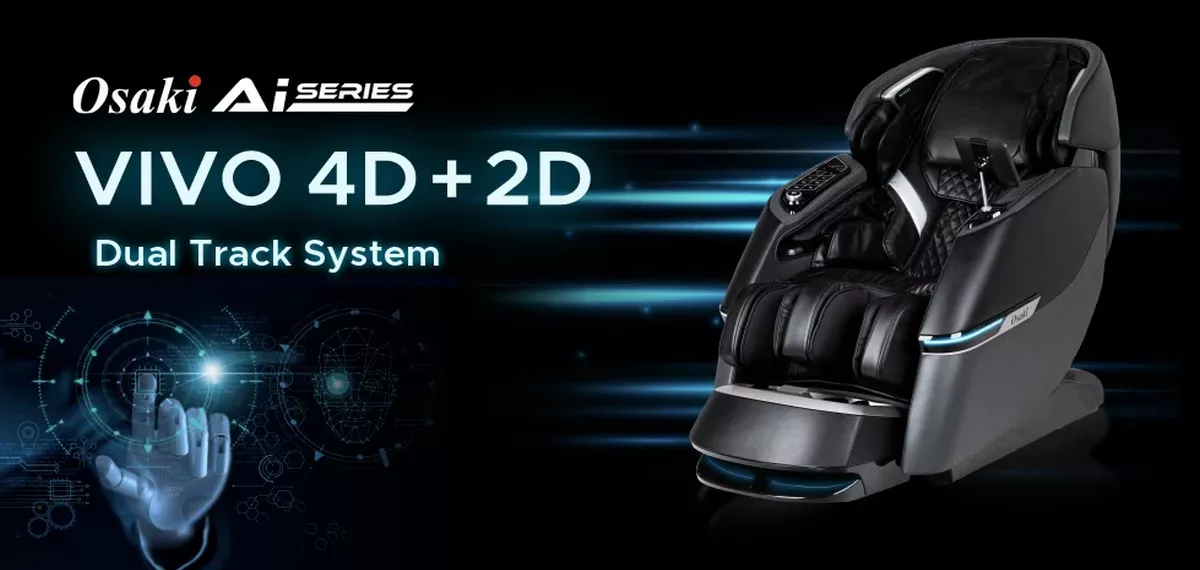
Body Coverage & Adjustability
4.6 /5
Coverage is a strong point. Both Admiral II and Maestro feature auto body scanning to adjust roller positions to the user’s body shape. Footrests extend up to 8 inches, which is essential for taller users, and airbags (ranging from 18 in OS-Champ to 32 in Maestro) target the arms, calves, shoulders, and feet.
If there’s a weakness, it’s in the precision of these airbags. In lower-cost models, inflation patterns can feel too general, compressing large zones instead of targeting specific muscle areas. Still, for most casual users, the overall body reach is more than adequate.
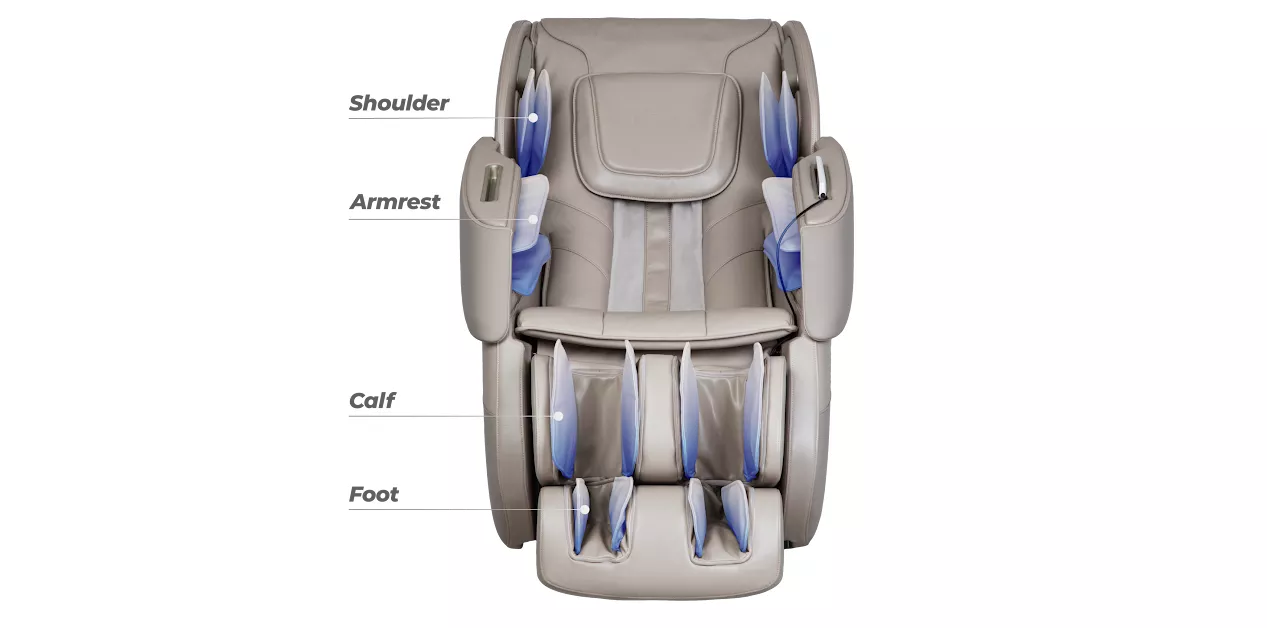
Comfort & Ergonomics
4.5 /5
Across all three tiers, Osaki uses Zero Gravity recline, which positions the body in a reclined posture to reduce spinal load. The feature is well-executed in the Admiral II and Maestro, and even the budget OS-Champ includes a 2-stage recline. Materials are decent—PU leather with soft memory foam—but not luxurious.
Chairs like Maestro LE 2.0 operate quietly (~50–55 dB), and controls are thoughtfully placed, with touchscreen remotes and side arm panels. Fit-wise, the mid and flagship models accommodate users between 5’0” and 6’4” comfortably. The OS-Champ, however, can feel a bit snug and lacks the same fluid recline motion.
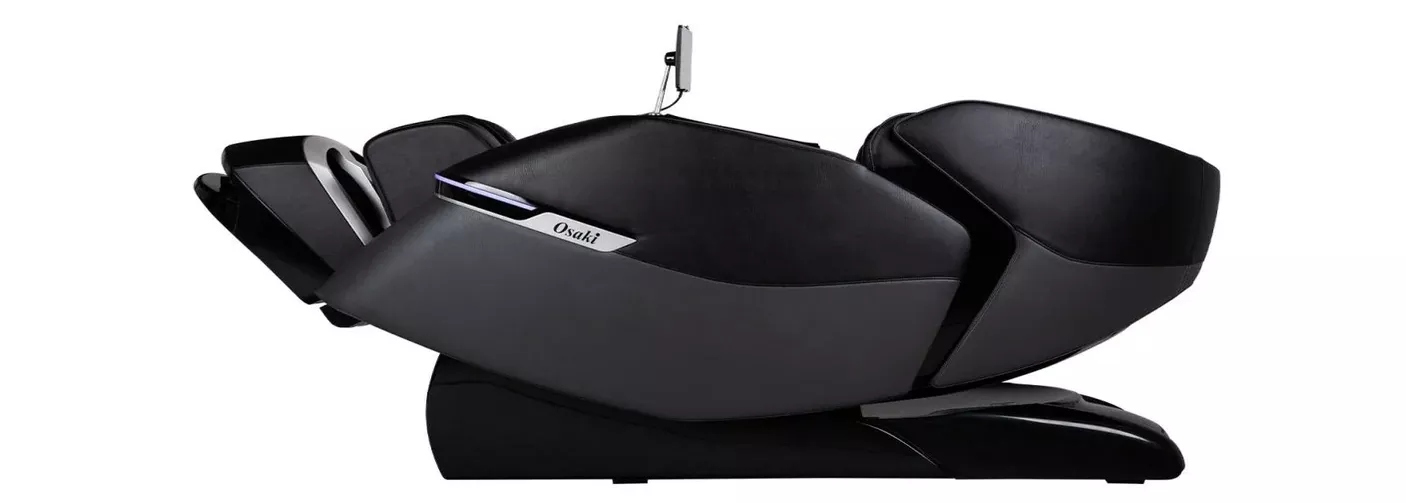
Conclusion
In the end, Osaki’s strength lies in its versatile lineup, aggressive pricing, and well-engineered massage systems—especially in models like the Maestro LE 2.0 and Admiral II. While the entry-level experience is functional rather than impressive, and while support could use improvement, the overall value Osaki delivers is hard to ignore—especially if you want flagship functionality without the flagship price tag.



